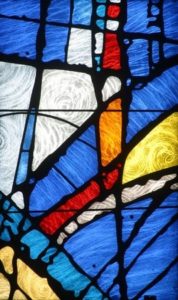 When you break interior design down to its basic components, the process becomes much easier. There are elements that comprise the tangibles of a visually pleasing room. If you use these design elements as a guide for decorating your home, you could easily create the ultimate space.
When you break interior design down to its basic components, the process becomes much easier. There are elements that comprise the tangibles of a visually pleasing room. If you use these design elements as a guide for decorating your home, you could easily create the ultimate space.
Light
The element of light can refer to natural or man-made sources, which is nearly synonymous with texture. It is also closely associated with color. Without a light source, color does not exist, nor does mood. Subdued lighting imparts a cozy, romantic feel while natural light makes for an airy and cheerful mood. Light also plays a functional role in interior design, used to illuminate work and reading areas.
Color
Along with light, color is the key element of interior design. It is used to create aesthetically pleasing combinations and also works on a psychological level. Surely, you have heard that the color red stimulates the appetite. For that very reason, it is often used in dining rooms. Colors can literally transform a home. Specific colors can also create specific moods and looks.
Pattern
The element of pattern works in conjunction with color. It is used in interior design to add life and interest to the windows and furnishings in a room. It works like texture to provide interest to surfaces while simultaneously contributing to the mood and feel of the atmosphere. The dynamic nature of diagonal lines creates drama and movement in room with patterned stained glass, a staircase or modern fabric patterns. Curved lines found in furniture, windows and arched doorways unite and soften horizontal, vertical and diagonal lines in design.
